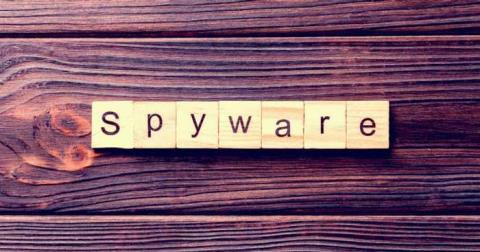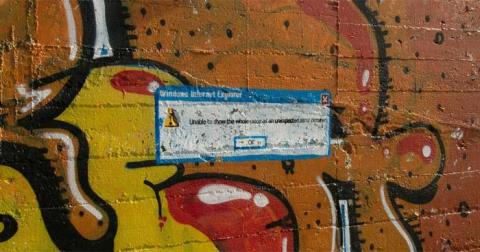How to see yourself like any celebrity with B612

Discover how to find out which celebrities you resemble using the new Familiar Faces feature in B612.
Do you find it difficult to find information in the Windows Registry ? So below are faster ways to find the registry that you should know.

How to find information in the Windows Registry quickly
The Windows Registry is a database of settings and configurations for many parts of the Windows system. It was introduced in Windows 3.1 and is now built into the operating system.
When a new program is installed, a new entry called Key will appear in the Registry. Inside the Key is the Value - a bit like a folder's file. Values can contain program location, version number, installation configuration, and more.
You should not change the Registry if you do not understand what you are doing. Because just one wrong change can cause problems for the computer, even causing it to stop working.
You can do many useful things in the Registry if you know how to find information in it. Below is the simplest method.
One of the biggest problems when working in the Registry is finding the keys and values you want to edit. You can use the Find function, but it's usually ineffective if you don't know the exact value name.
RegScanner is a small utility that allows you to find keys and values using a number of variables. You can search by value type like DWORD or SZ, and even by the date the value was modified. You can download RegScanner from the NirSoft website.
Download the version you want and unzip its folder. You do not need to install RegScanner. Just double click on its executable file to start using it immediately.
RegScanner will open the scan options panel and you can start searching for information in the Windows Registry from here.
RegScanner provides you with several ways to search for keys and values in the Registry. You can look for specific values or values that share some index, such as data length.
Search by name
This is the easiest way to find Registry entries. When searching by value name, the results usually contain only one item.
1. Open RegScanner and click the New Scan button if the scan options panel does not open automatically.
2. In the Find String field , enter the name of the value you want. For example, StuckRects 3.
3. Change Matching field to Exact Match or Registry item contains one or more words .
4. If you are unsure about the name of a value or a key, leave all options in the Look At field blank .
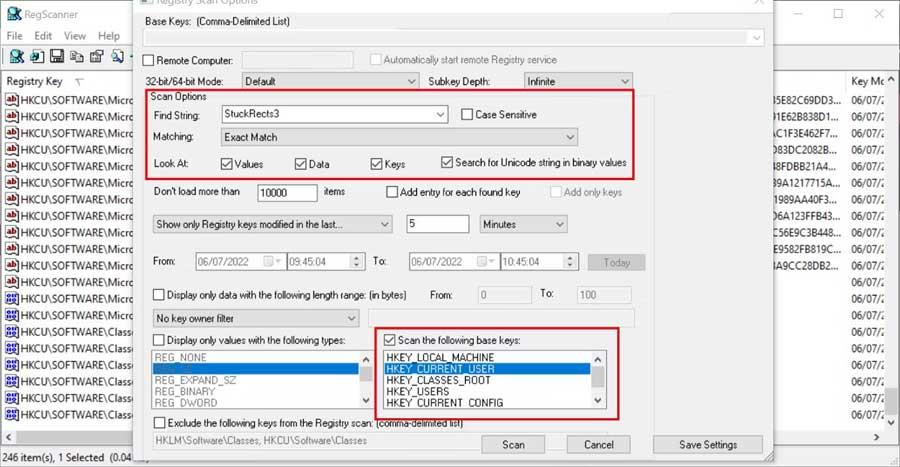
5. Near the bottom of the scan options, select the base key (HKEY_LOCAL_MACHINE) - This is where you think it contains the value you are looking for. If you're not sure, you can select all.
6. Click Scan and wait for the results to appear on the main page. With an exact name search, usually only one result appears. You can double-click it to open it in Registry Editor.
You can easily search by other data types such as DWORD values, even a string. Just change the Matching field to the data type you are using.
By edit date
If you know the last time the value or key was modified or when some software was installed, you can apply this method.
1. In the Scan option , enter search keywords. If you just want to find all edited values by date range, skip this.
2. You have two time editing options in the filter: Show only in the last and Show only within the specified range .
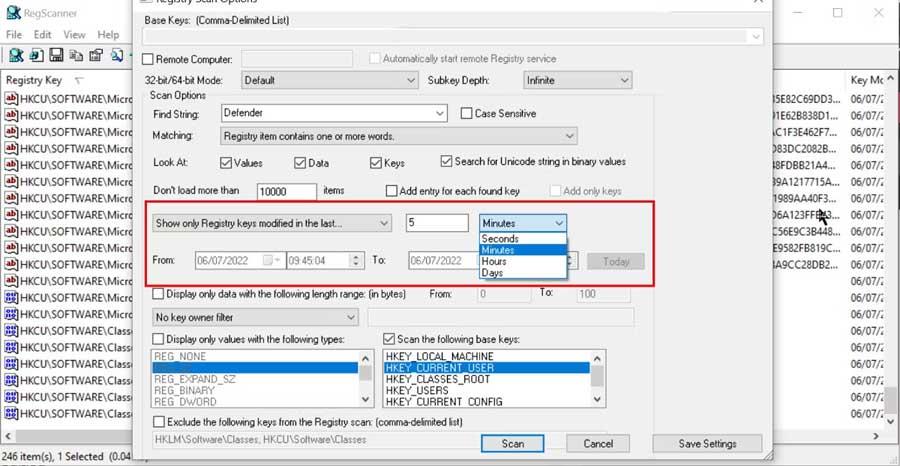
3. Select the time filter that suits your needs, set the desired time or date range. Then, click the Scan button .
4. When you find the required value or key, double-click it to open it in Registry Editor.
This method only allows you to search by value, date or key name. It also doesn't return a list of results like RegScanner does. If the exact value you enter is not found, Find will not return results.
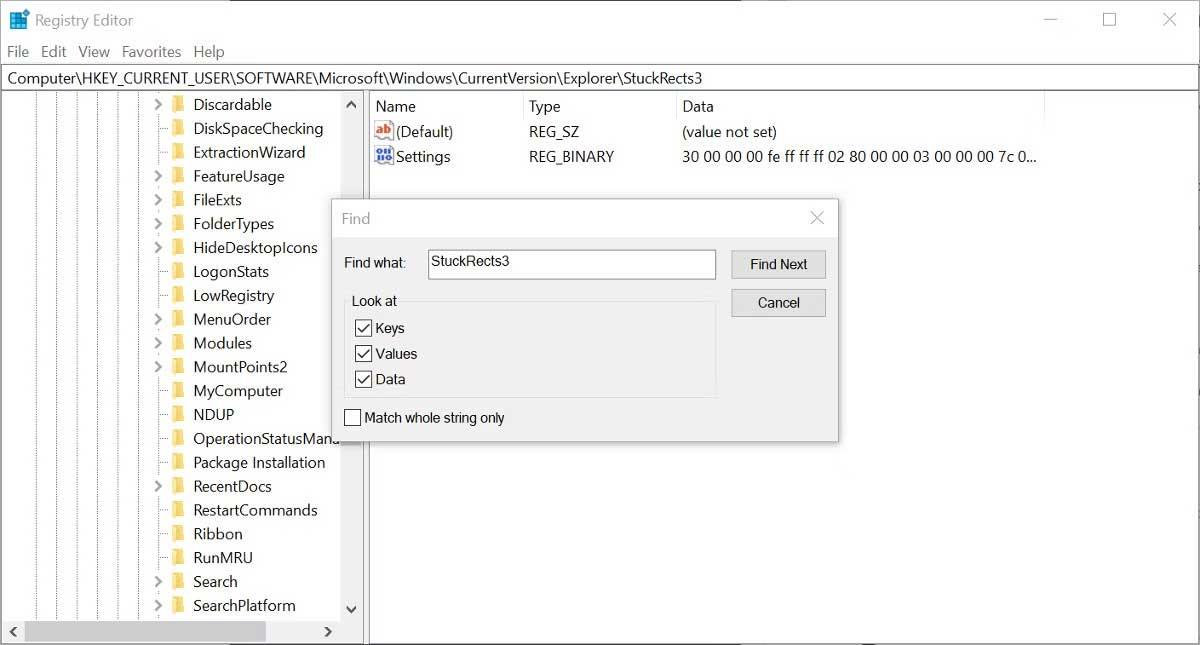
If some values have the same name, you can press F3 to find more results if you don't see the data you want.
Above are the simplest ways to find the Windows Registry . Hope the article is useful to you.
Discover how to find out which celebrities you resemble using the new Familiar Faces feature in B612.
Learn how to disable the background mode of BlueStacks to enhance your computer’s performance while saving resources.
Learn how to effectively remove old boot menu options on Windows 10. Keep your boot menu clean and optimized for efficiency with these easy steps.
Discover the essential CROSH commands for your Chromebook. Get troubleshooting tips and system configurations to enhance your Chrome OS experience. Learn more!
Zoom is a top video conferencing service for connecting with friends, family, business associates, and classmates on various devices including Amazon Fire tablets.
Discover the advantages of the AccuType Keyboard in Lenovo laptops. Learn why this keyboard enhances productivity and provides a superior typing experience.
Learn how to utilize the SkyShare feature on Skyworth Smart TV for easy connection with your phone or tablet, enhancing your viewing experience.
Learn how to limit your download speed in Google Chrome to manage bandwidth and improve overall performance during downloads.
Discover how to fix the error of not being able to install software on Windows 10/11. Learn essential steps and troubleshooting techniques.
Learn how to create an Instagram account without a phone number. This step-by-step guide will help you sign up using an email address instead, making it quick and easy.
Step-by-step guide to change the location of the data sharing folder between the NoxPlayer Android emulator and your computer for enhanced file management.
Learn how to efficiently delete data (photos, videos, music, etc.) on the Android NoxPlayer emulator.
Learn how to remove fonts easily with PicsArt, one of the leading photo editing applications that enhances your photography experience.
Discover the 11 best Virtual Router Software for Windows that allows you to convert your PC into a virtual Wi-Fi router, enhancing your internet sharing capabilities.
Learn the comprehensive steps to reset your Smart TV Skyworth effectively with WebTech360. Optimize performance and settings!

